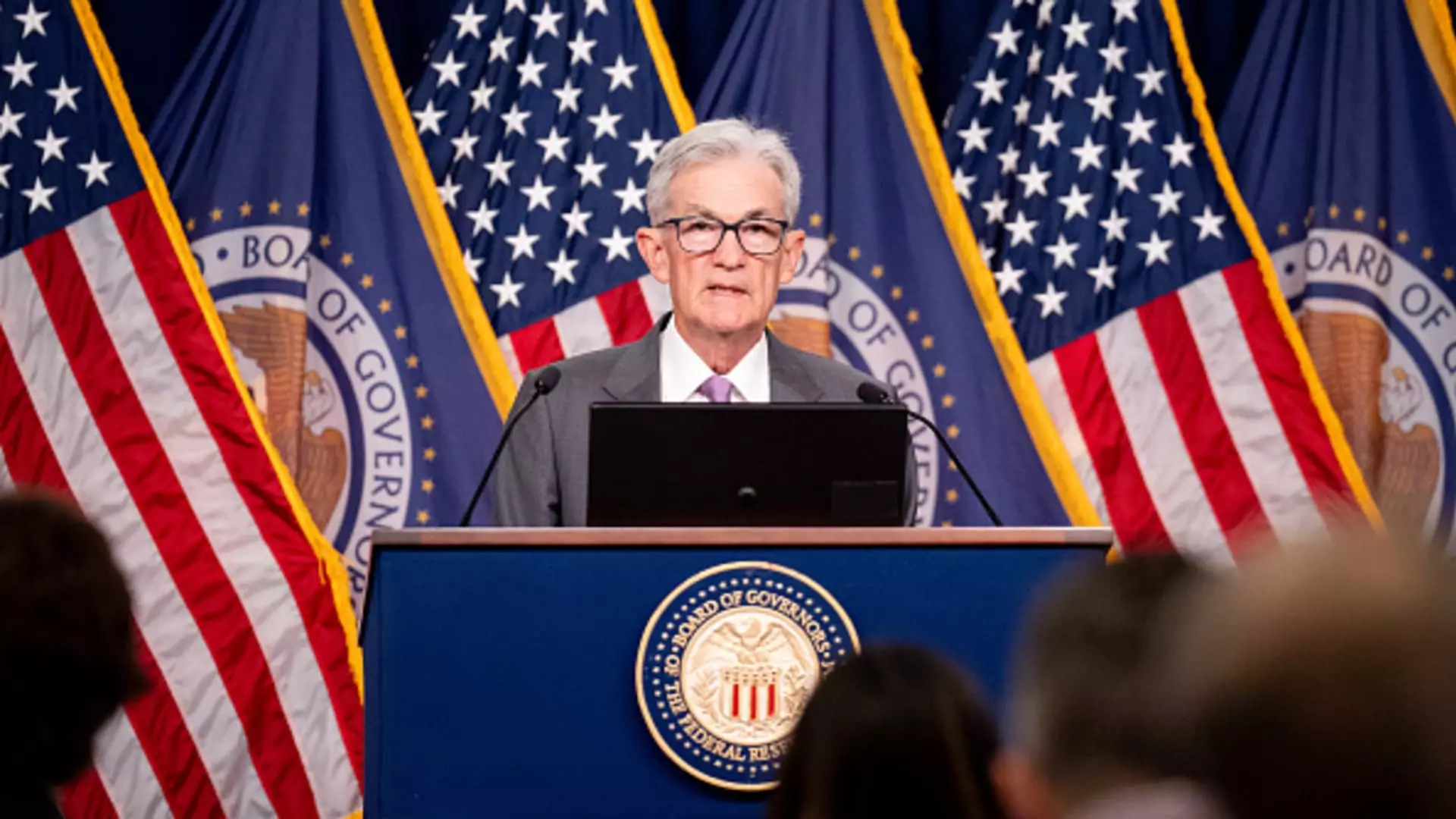In recent days, the market sentiment regarding potential Federal Reserve interest rate cuts has shifted dramatically. Initially, there was widespread speculation that the Fed would implement a significant reduction in benchmark rates, with some even calling for an emergency intermeeting rate cut. However, as the week progressed, this urgency seemed to dissipate. Market pricing now indicates a more balanced view, with equal probabilities assigned to both quarter-point and half-point reductions. This change in sentiment reflects a growing confidence that the economy may not be heading towards a recession as previously feared.
Despite expectations of a slowdown in the labor market, there are underlying factors supporting economic growth. Fiscal stimulus measures and the relatively stable financial position of consumers have served as buffers against a more drastic downturn. While there are concerns about the potential impact of additional shocks to the economy, the current conditions do not suggest an imminent recession. Recent reports of declining initial unemployment claims and strong growth in the services sector have also contributed to a more positive outlook.
The initial panic that gripped the markets at the beginning of August has eased, following positive economic indicators. Market pricing, which previously indicated a high likelihood of a significant rate cut in September, has now shifted to a more moderate stance. While there is still a considerable probability of a one percentage point reduction by the end of 2024, the near-certainty of a more substantial cut has diminished. Wharton professor Jeremy Siegel, who previously advocated for aggressive Fed action, has tempered his stance, emphasizing the importance of a gradual easing of policy.
Federal Reserve Chair Jerome Powell and other central bank officials have hinted at potential rate cuts in the near future but have stopped short of providing specific details. The Fed has maintained its benchmark rate within a narrow range for an extended period, but recent economic uncertainties have prompted a reassessment of monetary policy. While there is a general consensus on the need for a more accommodative stance, the timing and magnitude of any rate adjustments remain uncertain.
Overall, the evolving market dynamics and economic indicators point to a more nuanced understanding of the potential need for interest rate cuts. While the initial panic has subsided, there is still a sense of caution and uncertainty regarding the future trajectory of monetary policy. As investors and analysts continue to monitor developments, the Fed’s response to evolving economic conditions will undoubtedly play a crucial role in shaping market sentiment and performance in the coming months.

